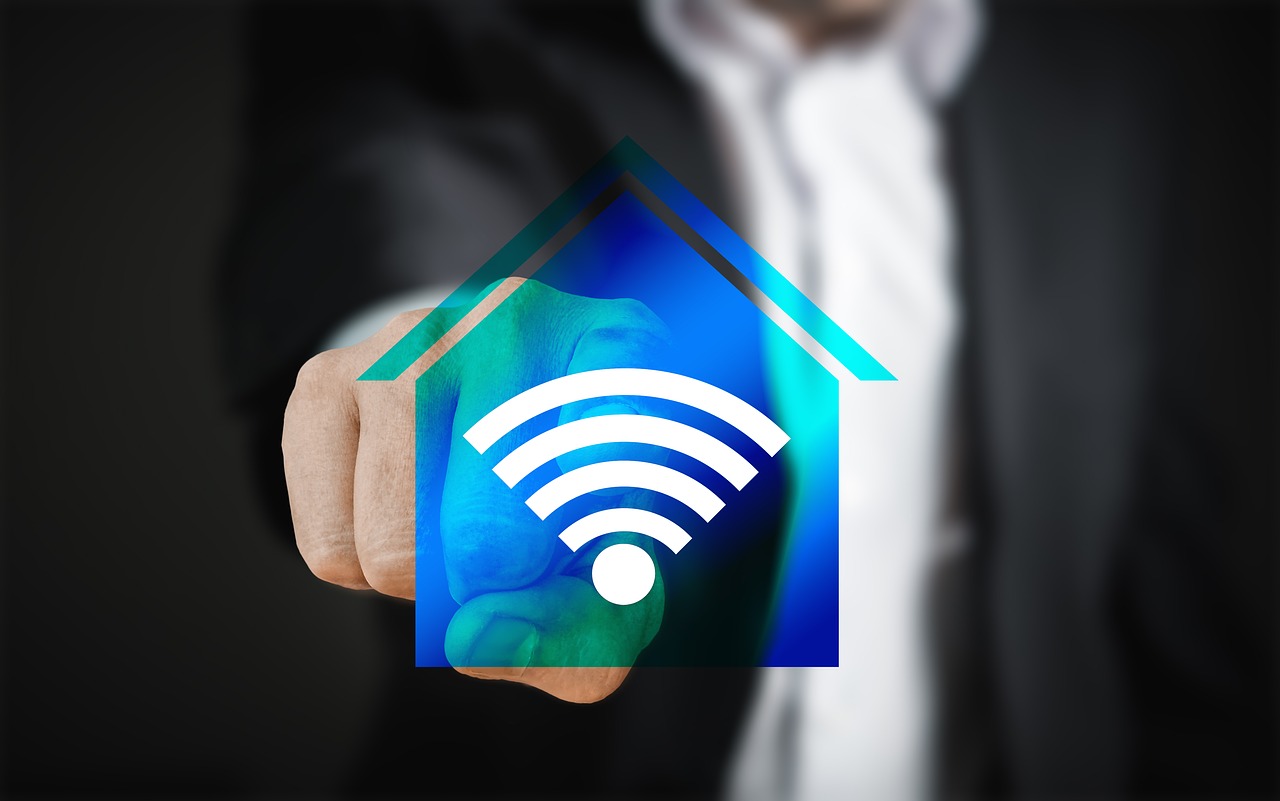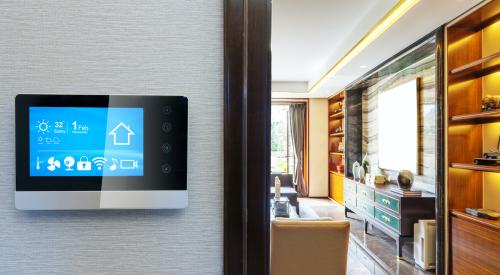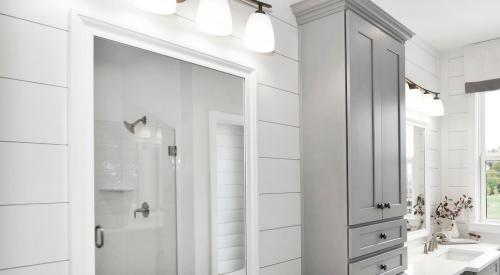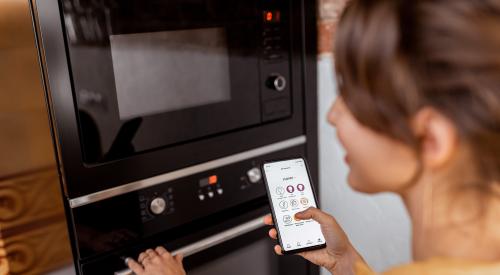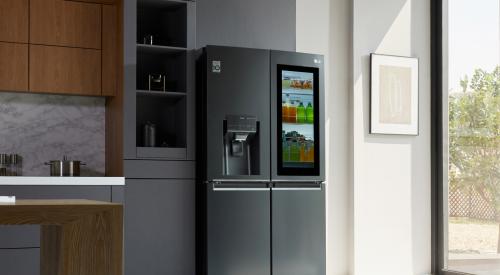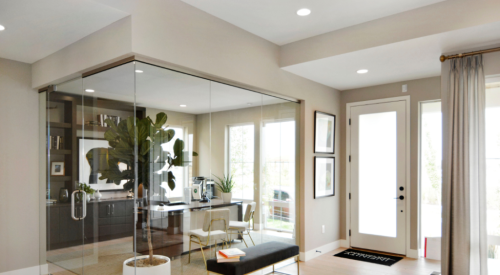“Smart home tech is set to boom.” That’s a key takeaway from the New Home Trends Institute’s recent report “Smart Home Tech: What Homeowners Value Now and Next,” which analyzes a survey of 1,230 homeowners who own at least one smart home product.
For surveyed homeowners, increasing home security is the overall most important solution that smart tech can provide. It’s also the smart tech they see as most worth paying extra to have.
Over half (51%) of respondents say the most crucial solution that smart tech could offer their home is security. That’s followed by 36% who say it’s controlling home systems remotely and 34% who say it’s providing entertainment at home.
Smart tech products integrated throughout the entire home are worth more to homeowners than room-specific solutions. While 93% say it’s worth paying more for whole-house security, only 60% say the same about bathroom solutions.
What home buyers want in smart home technology
Video doorbells and smart thermostats are the gateway to smart tech. Homeowners identified the top five smart home products they would pay to have:
- Video doorbell (59%)
- Smart thermostat (46%)
- Smart lighting (30%)
- Virtual assistant (27%)
- Keyless entry (24%)
Smart home tech promises huge potential for adoption, the report finds. At least half of respondents say they would buy products in one of these areas either now or in the future:
- Water monitor sensor (40% now, 21% later)
- Smart ventilation (35%, 22%)
- Hands-free flush toilet (32%, 22%)
- Robotic vacuum (32%, 21%)
- Smart lighting (32%, 20%)
- Smart blinds (31%, 20%)
- Digital presets for shower (29%, 23%)
- Fall alert (22%, 30%)
Young families (with all children under age 12) will be the highest adopters of these products. While most homeowners come across smart tech products online when searching for home solutions, 28 percent of young families actively seek them out. Mature singles and couples (age 45 or older) are more heavily influenced by their peers’ recommendations.
But homeowners’ priorities depend on their stage of life.
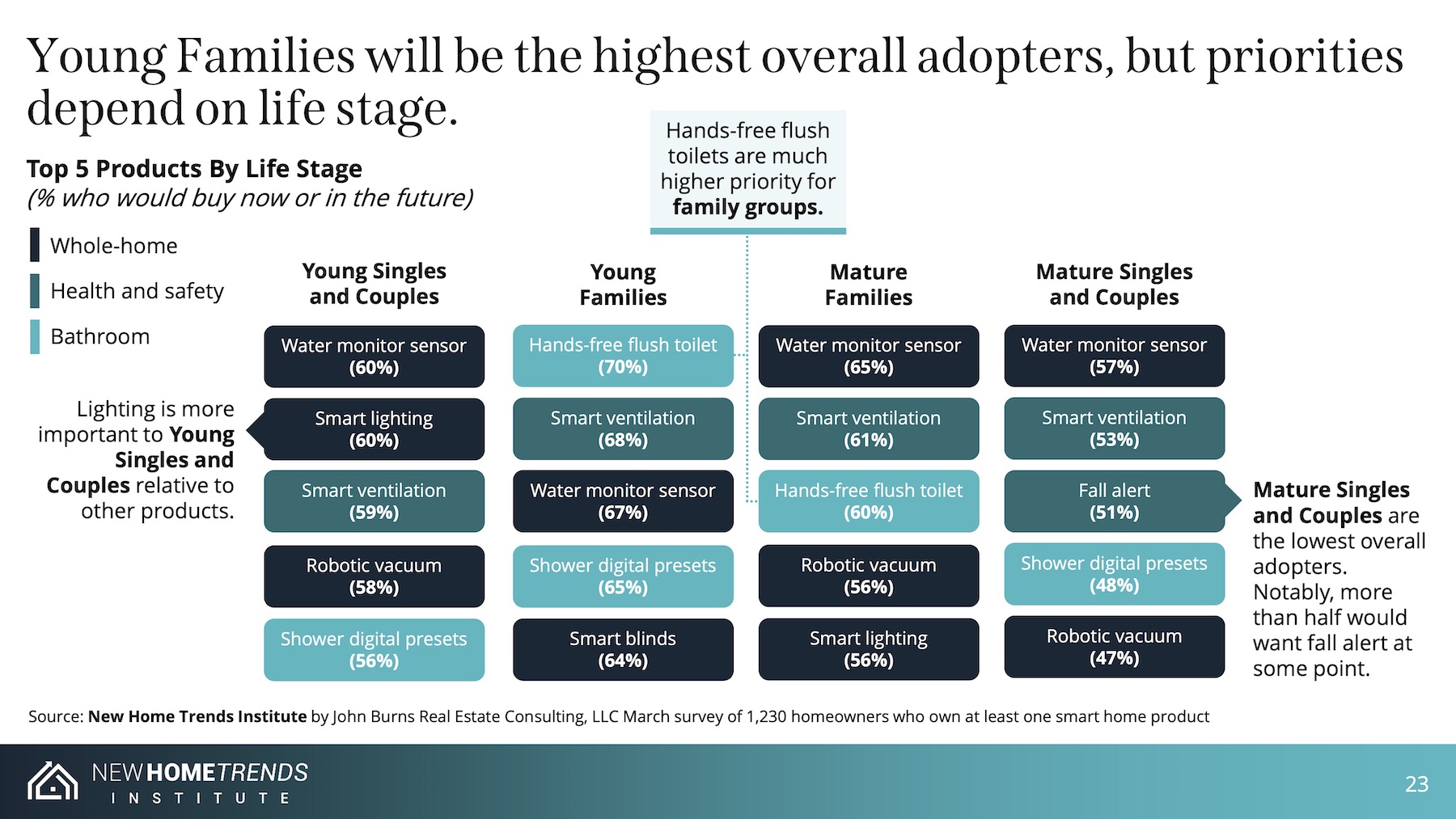
For young singles and couples (under age 45), lighting is more important than other products. For both mature families (with some or all children over 12) and young families, hands-free flush toilets are a higher priority. Mature singles and couples are the lowest overall adopters, yet more than half want fall alert at some point.
Roadblocks to smart homes: Privacy and Security
Before they can realize widespread adoption, smart home tech solutions will have to address homeowners’ concerns. Chief among them: data privacy and security. Of surveyed homeowners, 70 percent have at least one frustration with smart tech solutions currently available.
Products could alleviate such concerns with hacking protection and local data storage, the report advises. For example, CareOS—a smart health and beauty platform that allows owners to track and monitor their personal health data through connected products, like a smart mirror—bolsters privacy by storing all data locally, not in the cloud, and by requiring two-level security to share data.
Products also will need to overcome perceptions of laziness—the idea that smart tech is a lazy choice for less competent homeowners. In the kitchen specifically, they’ll have to address concerns that they cost more to save just a little time and effort and that they could up being more trouble than they’re worth if they break down.
RELATED: Smart and Connected Homes: Tips, Trends, and Best Practices For Building Smart Homes
Not all smart tech is equally valuable, according to the survey. Smart tech that does something homeowners cannot do easily, such as monitor the home for leaks, is a lot more valuable than smart tech that takes something homeowners do for themselves and just does it faster, like turning off the lights without getting up.
The least-desirable smart tech home solutions fall into two categories: voice controls and health analysis. All voice-controlled kitchen and bathroom smart features rank poorly. Homeowners don’t care for products that listen in and force them to speak. And voice control offers only minor convenience, since users have to be near the device.
Homeowners also give low marks to products that observe and analyze health, typically in the bathroom—but they express interest if such products are shown to be both accurate and private.
Homeowners’ frustrations with smart tech point to opportunities for innovation. The report identifies three:
- Tech respite and intuitive design—rather than products that might look cool but whose operation isn’t self-evident.
- Product bundling and integration—so these devices work together seamlessly.
- Setup assistance and education—making it easier to get the tech to work.
(If you want to read the full report, click here to join the New Home Trends Institute - membership required.)


